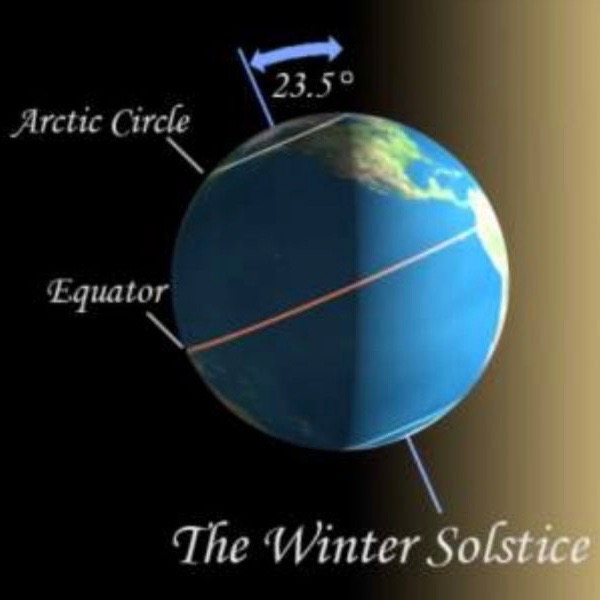2019 Winter Solstice
 |
| This one's from The Washington Post |
Capricorn Ingress
December 22
04:19:21 AM UT/GMT
December 21
11:19:21 PM EST
10:19:21 PM CST
09:19:21 PM MST
08:19:21 PM PST
06:19:21 PM AHST
 |
| Graphic from Earth Sky |
At many
places on the planet, maybe on every continent, I don’t know, there are monuments, standing stones, or geological realities, that are or can be used for tracking the course of the sun through the seasons. If you pay attention and live at the same location for some years you will be able to mark and track the sun’s seasonal course from its rise and set points. If you haven’t done that, on the day of the solstice (or
thereabouts) make a point of noting the location of sunrise and/or of
sunset (with a telephone pole or?). In the northern hemisphere, the
point of sunrise will be as far south as it will get (Winter Solstice)
and will proceed through the year to rise further and further north
until the Summer Solstice when it reaches the point as far north as it
will get. From then the sun’s rise will proceed to occur a titch more
southerly, back to the Winter Solstice. At the equinoxes, the sun’s rise
will be precisely due east and it will set due west. That’s what the
sun dagger in Chaco Canyon is about, and the better known Stonehenge in
England, marking, and measurement. Where you are north or south of the
equator makes a difference, in the southern hemisphere, the Winter
Solstice is the Summer Solstice in the north, etc.
 |
| Imag |
The idea that the sun does not move for three days at the solstices is an observational one, not a physical reality. The precise moment of standstill can be calculated to the second, although visually, the sun may seem to rise in the same place for a few days in a row. Since computer programs can give precise timing, I use it. “Mundane” astrologers use the timing of solstices and equinoxes to make special charts (horoscopes) used to evaluate the time to follow. Some astrologers prefer to chart from the Winter Solstice and others chart the Spring Equinox.
What strikes me about the solstice time is stillness. I use the timing privately to honor the moments. I like to acknowledge the times of solstices and equinoxes with meditation and sometimes with ritual.
The Winter Solstice is the same as the Sun’s entry into the Sign Capricorn (goat or sea-goat). Note that Signs are not the same as constellations. The Signs are located by solstices and equinoxes, the constellations are arranged differently, not even adequately explained by Einstein or more recent astrophysicists.
Happy Holidays!
























